The well-known company Graborhas been working together with Piaggiofor decades, and as an original equipment manufacturer, supplies many electrical components for the Vespa. In modern and hectic traffic, functioning horns are a real safety feature. Over the decades the inside of horns often suffers from corrosion.
With this spare part you can help your Vespa to old assertiveness.
Good fitand easy to install.
AC/DC?
ACstands for alternating current = alternating voltage = ratchet
DCstands for direct current = direct current = horn
ratchet
Many old vehicles without batteries use alternating voltage as the on-board power supply. Only so-called buzzers can be connected to it. These are recognizable by a tone pitch which increases and decreases with engine speed.
Horns
Due to the non-constant frequency, buzzers have not been in conformity with the registration of German vehicles since approx. 1980. At this time, most vehicles were equipped with a battery and a DC on-board power supply. Here the real horns are used, recognizable by a constantly constant pitch, independent of the engine speed.
Exceptions
There are some exceptions where a DC horn was used, despite the AC on-board power supply. Piaggio used so-called horn rectifiers from 1984 onwards, with the introduction of the Lusso series. Here, a special bridge rectifier with downstream capacitors, which is only responsible for the horn, converts the AC on-board power supply for the horn into DC. This rectifier can also be retrofitted to all vehicles with a 12V AC on-board power supply if, for example, the TÜV does not accept a ratchet.
NOTE: Almost all German Vespa PK and PX models require a horn (DC).
(US)
AI-translation

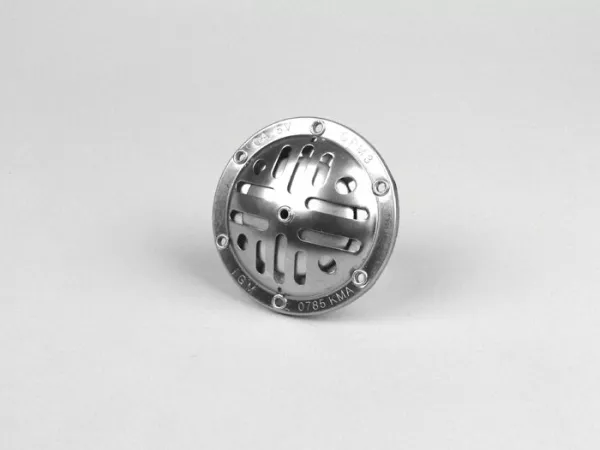
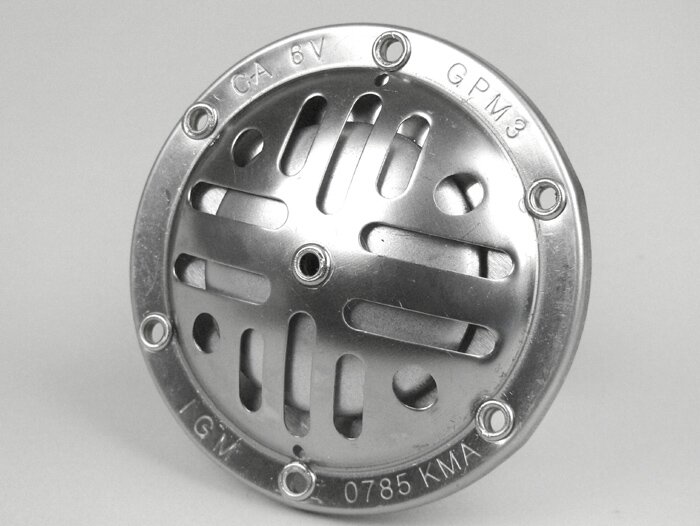
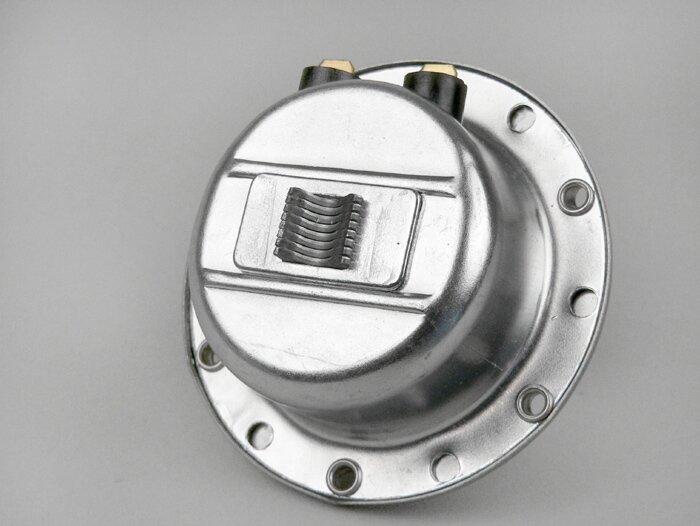
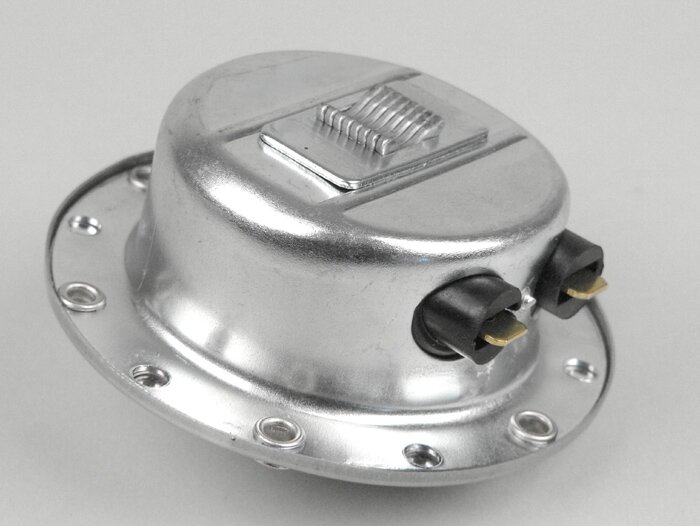
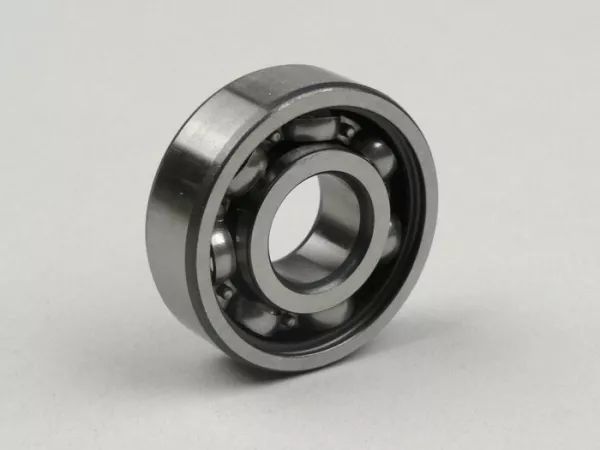
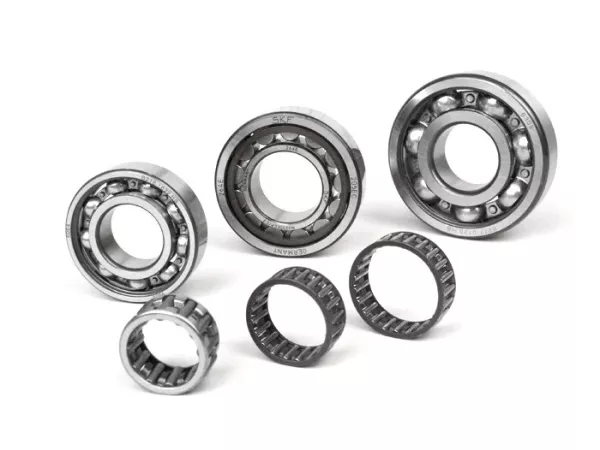
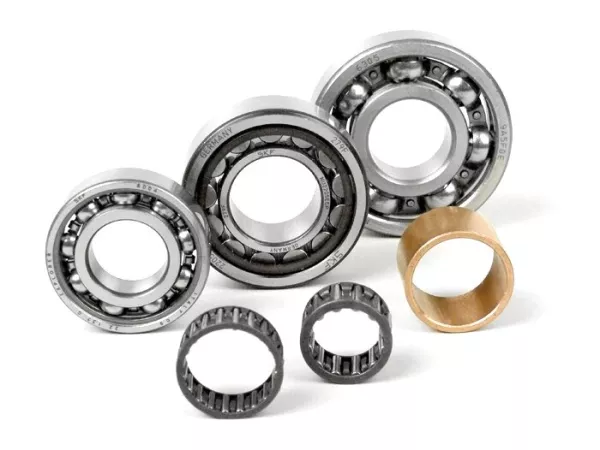
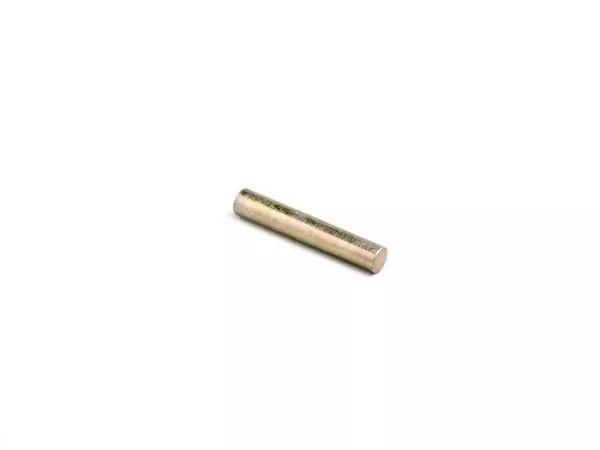
Reviews
There are no reviews yet.